- Home
- slideshows
- miscellaneous
- Grand Canyon National Park turned 100 today. Photos show its stunning history and evolution.
Grand Canyon National Park turned 100 today. Photos show its stunning history and evolution.
Scientists have debated over when the Grand Canyon first formed, but the general consensus is 5 to 6 million years ago.

The first humans to pass through the Grand Canyon likely did so around 12,000 years ago.
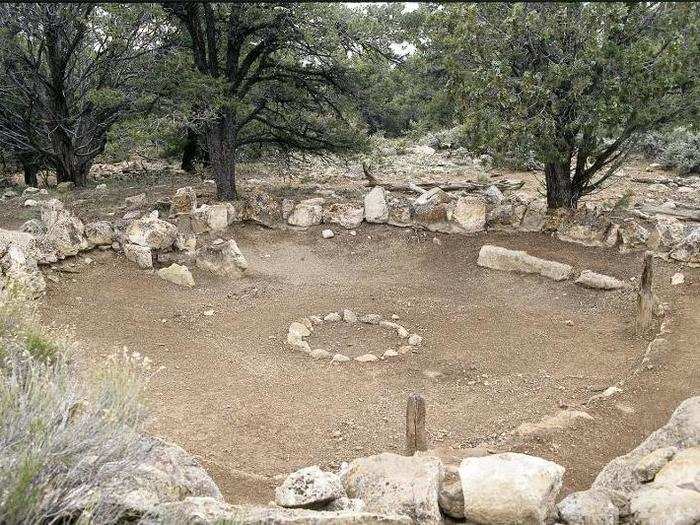
Small groups of hunters likely traipsed the Grand Canyon region near the end of the last Ice Age, searching for mountain goats, bison, and wild plants.
The first recorded group to live in the Grand Canyon was the Ancestral Puebloans, who inhabited the land around 2,300 years ago.
Spanish explorers stumbled on the Grand Canyon in the 1540s while searching for the legendary "Seven Cities of Gold," which were said to contain infinite riches.
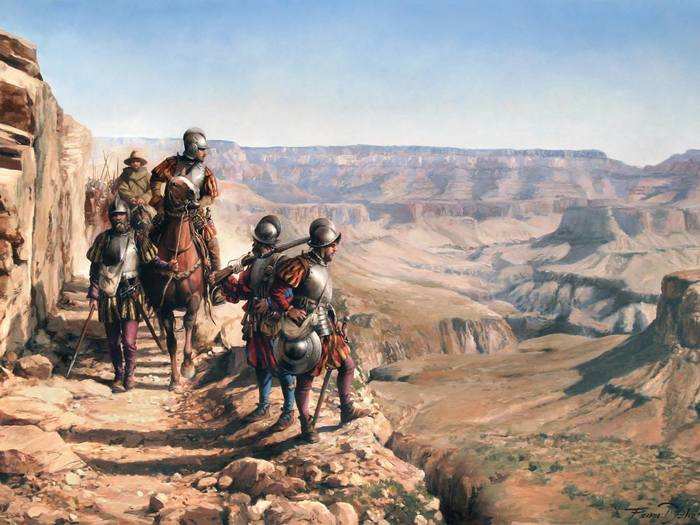
The explorers never made it to the bottom. They were allegedly forced to turn back after running out of water.
A few travelers visited the canyon over the next 100 years, but the first scientific expedition didn't take place until 1869.
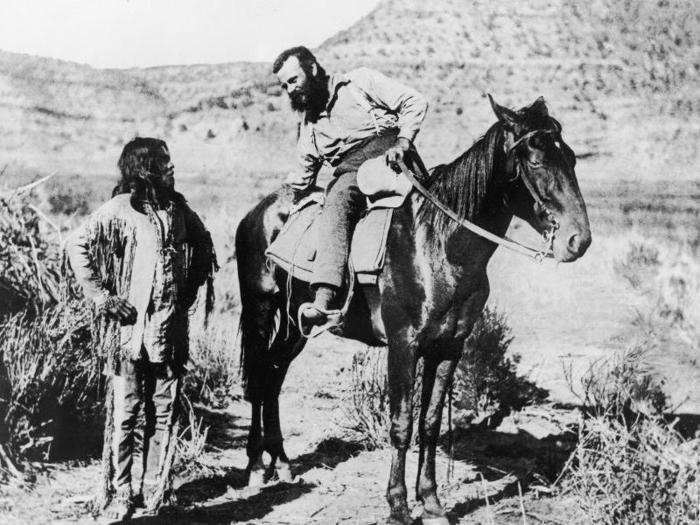
US Major John Wesley Powell led a government-sponsored passage through the Grand Canyon with a volunteer crew of nine men. After months of living off meager rations and crossing dangerous rapids, three men deserted the project and were never heard from again.
The land was widely believed by Americans to be uninhabitable.
On his prior exploration of the region in 1857, Lieutenant Joseph Ives wrote: "It seems intended by nature that the Colorado River along the greater portion of its lonely and majestic way shall be forever unvisited and undisturbed."
Powell's successful journey showed that the canyon could be crossed in its entirety. It is now considered the last major land exploration in the US. Powell is also credited with popularizing the term "Grand Canyon."
Benjamin Harrison tried to make the Grand Canyon a national park in 1882.
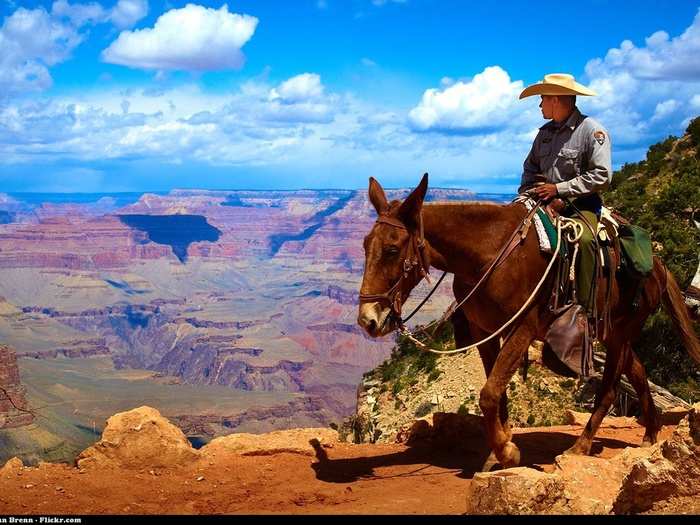
Harrison introduced a bill to create the Grand Canyon National Park in 1882, 1883, and 1886, while he was still a US senator. As president, Harrison established the Grand Canyon Forest Reserve in 1893.
Harrison's predecessor, Theodore Roosevelt, designated the canyon as a national monument in 1908. Roosevelt once called the Grand Canyon "the one great sight which every American should see."
The completion of the Grand Canyon Railway in 1901 brought tourists to the region.
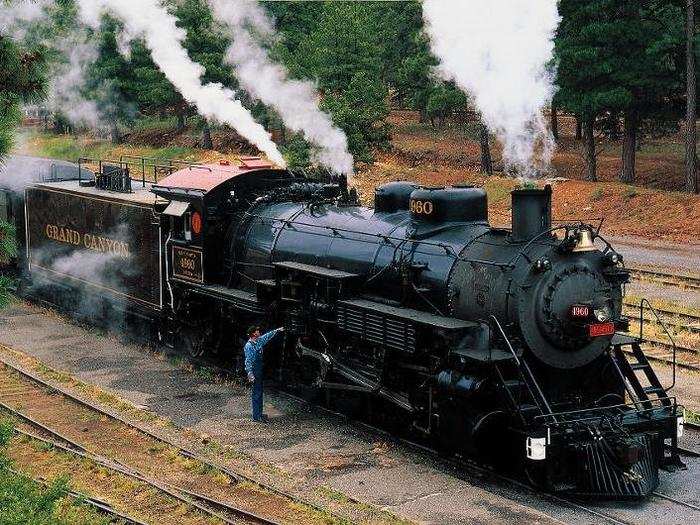
The 64-mile railway brought passengers from Williams, Arizona, to the South Rim of the Grand Canyon. The trains helped make the canyon more accessible to tourists, and also attracted famous passengers like John Muir, Clark Gable, and Doris Day.
The railway's popularity began to decline with the rise of the automobile in the 1930s. By 1968, the final train carried just these passengers.
Two decades later, it resumed operations after receiving new investments. It now carries more than 225,000 passengers to the Grand Canyon each year.
After two defeated bills, the Grand Canyon became a national park in 1919.
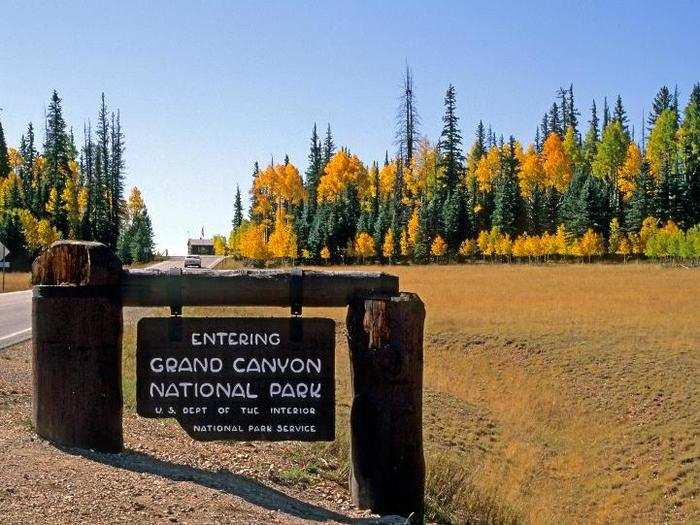
The US Senate attempted to elevate the canyon to national park status in 1910 and 1911, but both bills were shot down.
The Grand Canyon did not become a national park until 1919, under the administration of President Woodrow Wilson.
The US Bureau of Reclamation wanted to build a staircase of reservoirs through the canyon in the late 1960s.
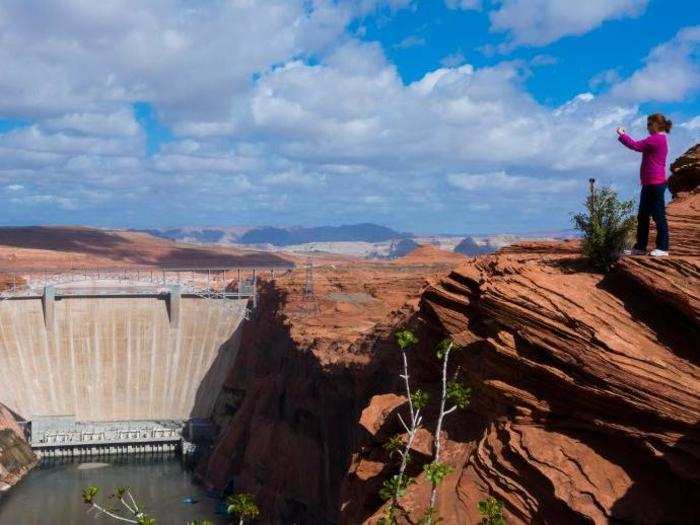
Environmental organization The Sierra Club compared the idea to flooding the Sistine Chapel.
The plan was ultimately abandoned, but the construction of the nearby Glen Canyon Dam still caused ecological damage to the Grand Canyon.
As sediment builds up behind the dam, it has reduced the flow of the Colorado River and changed the temperature of the water entering the Grand Canyon, endangering boaters and wildlife.
The US Department of the Interior plans to routinely flood the Grand Canyon through 2020.
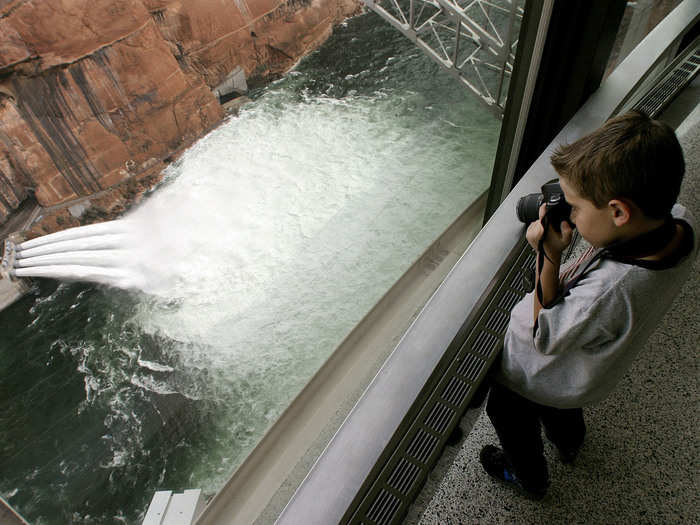
In recent years, federal officials have routinely flooded the Grand Canyon by opening the floodgates at the Glen Canyon Dam. The Department of the Interior hopes the floods will improve the environment by delivering sediment to the Grand Canyon.
In 2014, a five-day flood released enough water into the Grand Canyon to fill an Olympic-sized swimming pool every 2.5 seconds, according to the Associated Press.
The floods are expected to continue through 2020.
Popular Right Now
Popular Keywords
Advertisement